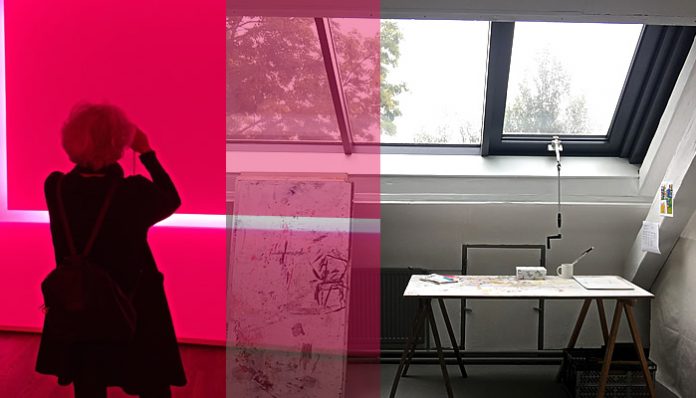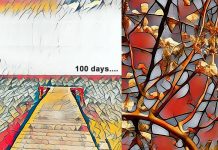Some highlights of the season:
Light and Darkness – the online photo magazine Lenscratch invited „night“ submissions. Which made me go and browse my photo files. The revisiting turned into a visual journey: there were photos I had completely forgotten about. Like a moment from a late-evening walk along the Mediterranean coast, which is the one I submitted to the „Night“ exhibition:
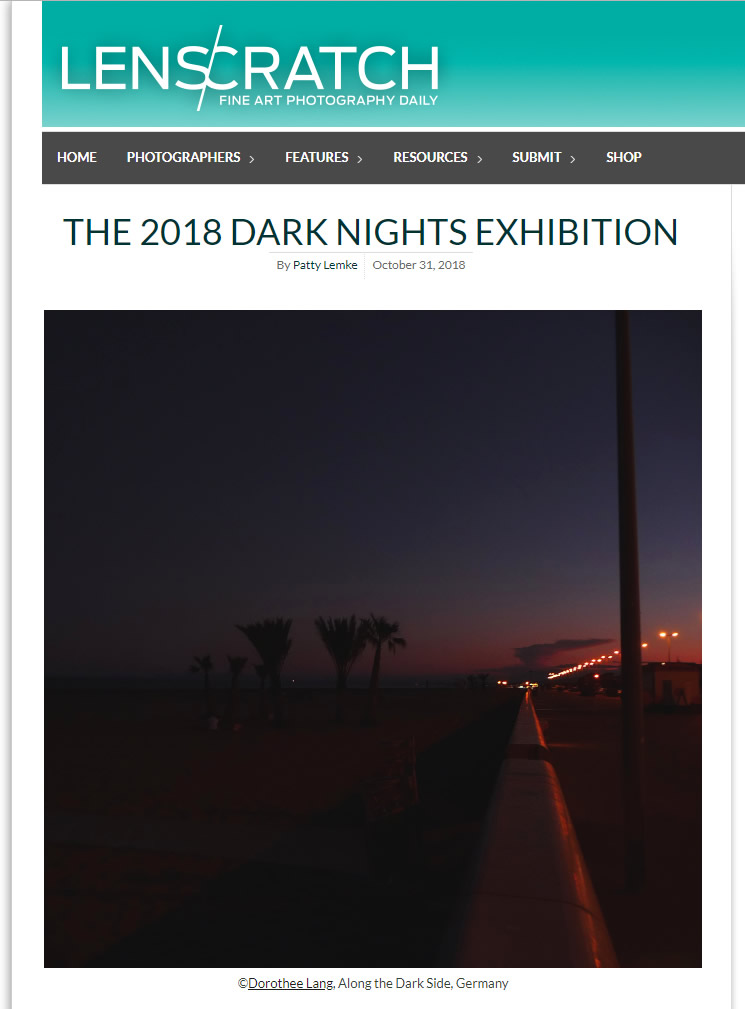
The exhibition is now online – and my night is on the first page, just scroll down a bit to get there: Lenscratch: Dark Night exhibition.
*
Black Forest in Multicolor – I’ve been to the „Schwarzwald“ („Blackforest“) before, but I’ve never seen it in such colors:
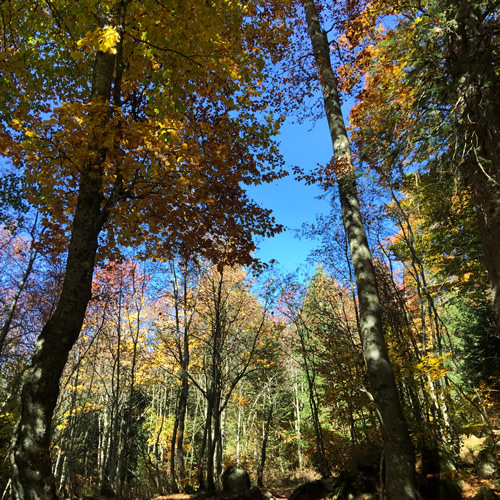
It felt like a digitally rendered version of the place, as if someone put the color level on „high“. The effect was probably caused by the fact that the summer was rather warm and dry.
While driving along the scenic roads, a conversation from the past bubbled up: years ago, there were friends from America visiting friends of us, and when we talked about places to go, the Black Forest came up as it is not far and one of the classic tourist destinations with its nostalgic atmosphere and the cuckoo-clocks and all. The friends thought about it, and then came up with two unexpected questions: „Is it open?“ and „Is it free?“
Of course, the questions are logical if you assume the Black Forest is a national park in the sense of the American parks, with entry point and fee. But the question later turned to a kind of „seeing-it-different“: so many places are simply open and free, you can go there anytime and enjoy them.
*
James Turrell: Light – another highlight of this season was literally a „light“ experience. I went to visit the James Turrell retrospective. Such a different approach – here’s a quote from Turrell that explains his take: „Light is a powerful substance. My desire is to set up a situation to which I take you and let you see. With no object no image and no focus, what are you looking at?“

For me, the exhibition felt like a powerful reflection space, probably because it was without images – it was „just“ about light. Hadn’t expected that. One word in Turrell’s work stood out for me: „Wahrnehmung“ – it‘ the German word for perception. Only that it has a double meaning: in German, „wahr“ means „true“. And „nehmen“ means „take“.
Which leads to this image: our perception is heavily selective and subjetive, defined both by our brains, by our culture, and by us as individual – but we take what we perceive for an objective impression. Even though it always is subjective, and even when seeing the very same simple thing in the same moment, people have very different impressions and associations.
Standing there, I thought of David Wallace Foster’s speech, „This is Water“. How what is most present isn’t obvious any more, as it is so much part of our life that we don’t even think about it.
*
Back at art academy – after the summer break, the new semester at the art academy now started. It’s good to be back. And I like how the spaces are now kind of „blank“ again, like a new notebook with white pages.
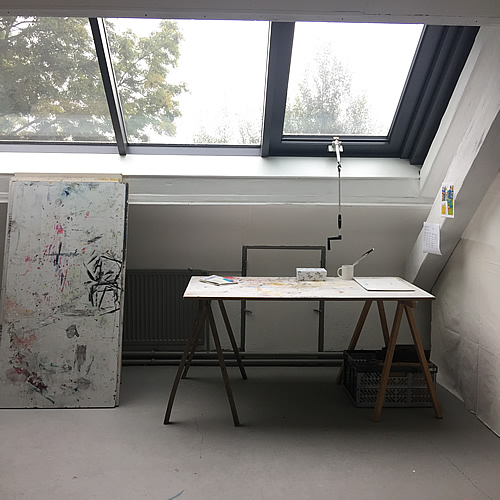
The general theme of the season at the art academy will be „Bewegung“ – „Motion“.
I will join the photo class again, and also will take part drawing class this semester. We started with figure sketching, each of us taking the role of the model. Here’s an altered image that reflects the atmosphere:

Getting lost – a line of advice one of our tutors gave this week was: „It is good to get lost a bit sometimes.“
I thought of it again when I returned to the book I am reading at the moment, Rebecca Solnit’s „A Field Guide to Getting Lost.“ One of the passages that spoke to me especially moves from past to present to now. Maybe it also feels like a reflection on the long series of photos I keep taking, moments from being on the way, like the one at the start of this post, „Along the dark side“.
“Lost really has two disparate meanings. Losing things is about the familiar falling away, getting lost is about the unfamiliar appearing. There are objects and people that disappear from your sight or knowledge or possession; you lose a bracelet, a friend, the key. You still know where you are. Everything is familiar except that there is one item less, one missing element. Or you get lost, in which case the world has become larger than your knowledge of it. Either way, there is a loss of control. Imagine yourself streaming through time shedding gloves, umbrellas, wrenches, books, friends, homes, names. This is what the view looks like if you take a rear-facing seat on the train. Looking forward you constantly acquire moments of arrival, moments of realization, moments of discovery. The wind blows your hair back and you are greeted by what you have never seen before. The material falls away in onrushing experience. It peels off like skin from a molting snake. Of course to forget the past is to lose the sense of loss that is also memory of an absent richness and a set of clues to navigate the present by; the art is not one of forgetting but letting go. And when everything else is gone, you can be rich in loss.”
***
For more weekly notes + photos, visit the blueprint blog.
